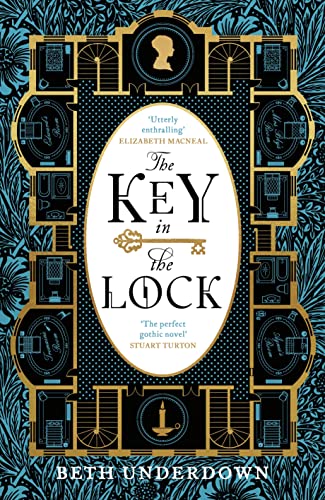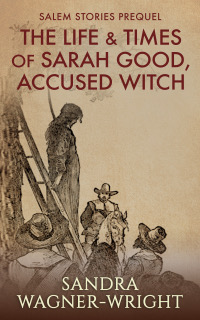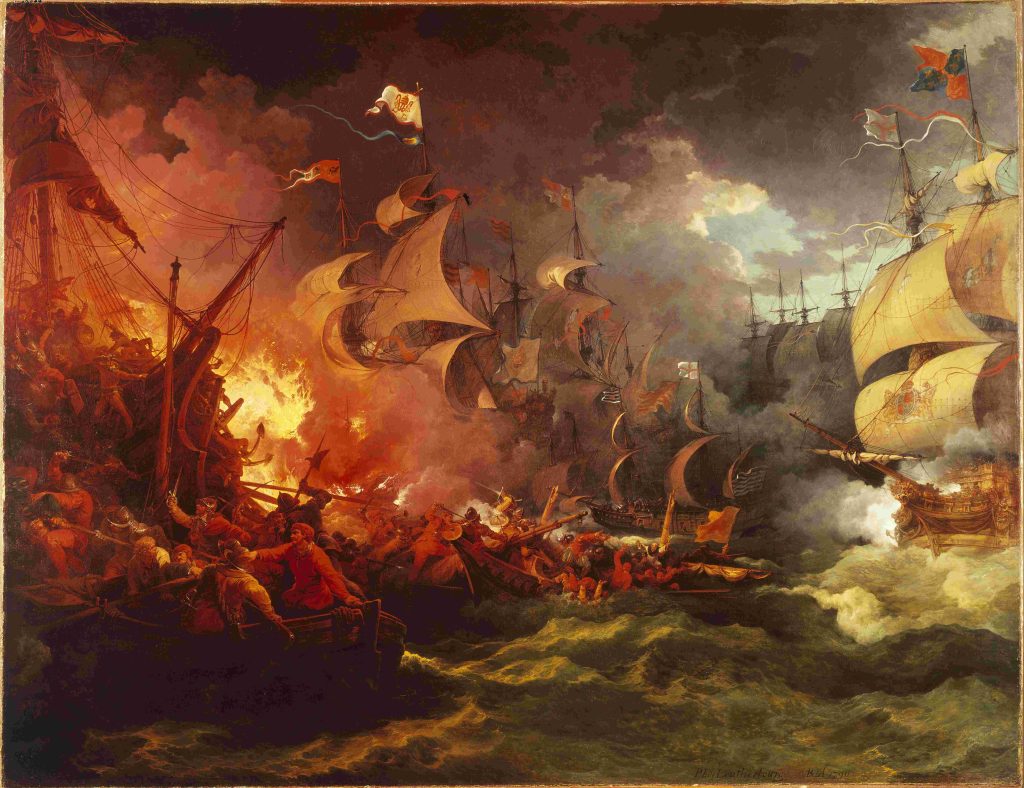The Key In The Lock
A gothic tale, set in rural Cornwall over two timelines. In the first, the narrator Ivy is trying to come to terms with the death of her son in the last days of World War I. The second takes place in the 1880s when, as a young woman, she witnessed a catastrophic fire in which a small boy burned to death. In both, she tries to find out the truth of what happened: was each death merely a horrible accident or are there more disturbing forces at work?
Right from the start, there is an unexplained constraint between Ivy and her husband Richard. As the story begins to develop, it becomes clear that this is more than the guilt of parents who have outlived their only child, and the past begins to entwine with the present. In facing both deaths, Ivy must also look at her own actions as a wife, lover and mother. Young Ivy is beset by a series of unnerving characters: the maid accused of starting the fire; the owner of the great house; the cook who seems to be protecting him; even the coroner investigating the fire. Yet it is only in the later narrative that she can come to terms with the fact that people were not always who she thought they were, even those she loved the most.
The Key in the Lock starts as an exquisitely understated exploration of grief and loss. Underdown’s writing is precise and quietly beautiful, becoming increasingly sinister as the earlier story gathers pace and she takes the chance to pose questions about the nature of love and responsibility. This is a slow-burning tale, whose power grows in the latter half. An unsettling and atmospheric novel which stays with the reader long after it ends.










